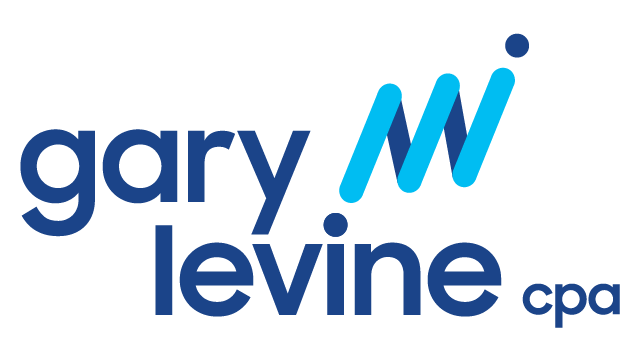Stimulus Update: How to Get a Loan for Your Small Business
Today’s blog may not be as easy to understand on your first reading, and probably will make your head spin. If it doesn’t make your head spin, then congratulations, you’re now ready to read and interpret the US tax code.
I need to introduce you to terminology that may be new to you because understanding the terminology is vital to your success in being granted loans from the government so it may take more time to understand the details below..
For small businesses, there are two separate programs available for you. One program is called the Paycheck Protection Program (aka PPP) and the other program is called the Economic Injury Disaster Loan (EIDL). Each program has its own eligibility requirements, terms, and conditions.
Today I will explain the Paycheck Protection Program and tomorrow I will explain the EIDL program. Small businesses cannot get both EIDL and PPP loans at the same time. You can apply for the EIDL, the PPP loan, and if you qualify and accept the EIDL loan, and you subsequently qualify for the PPP loan, you can re-finance the EIDL loan with the PPP loan, OR you can apply for both loans and decide which one you take if you qualify for both. Loans are limited to one per Taxpayer Identification Number.
Is my business eligible for this program?
Small businesses and nonprofits that have less than 500 employees, sole proprietors, self-employed individuals, and independent contractors are all eligible. Your business must have been in business on or before Feb. 15, 2020.
How much can I borrow?
The maximum loan amount is the lesser of 2.5X average monthly payroll costs during the 1-year period before the date on which the loan is made, or $10 million.
What can I use the loan proceeds for?
The loan can be used for Payroll costs, Health care benefits (including paid sick or medical leave, and insurance premiums), Mortgage interest obligations, Rent obligations, Utility payments and Interest on other debt obligations incurred previous to Feb. 15, 2020.
How long can I borrow the money?
The loan must be repaid in 10 years.
What is the Interest Rate?
The interest rate will not to exceed 4 percent during the covered period.
Do I have to repay the entire amount of the loan?
No, a portion of the loan does not have to be repaid. That portion is calculated as the sum of Total Costs paid over an 8-week period that begins when you apply for the loan. Total Costs is the total of Payroll costs (compensation above $100,000 excluded), Payment of interest on mortgage obligation, Rent obligations, and Utility payments.
(This is where head will spin – unfortunately, I don’t have a way to simplify this)
Loan forgiveness will be proportionally reduced if the average number of employees is reduced during the covered period as compared to the same period in 2019. The amount of loan forgiveness will be reduced by the amount of any reduction in total employee salary or wages during the covered period that is in excess of 25 percent of the total salary or wages.
What documents do I need to keep to be eligible for the loan forgiveness?
Payroll documentation and documentation of expenses are required to receive forgiveness, to ensure the forgiveness was used to retain employees and pay expenses.
Borrowers that rehire laid off workers by June 30 won’t be penalized for having a smaller workforce at the beginning of the period.
Borrowers with tipped workers may receive loan forgiveness for the additional wages paid to those employees.
Aren’t loans that are forgiven counted as taxable income?
Yes, but for this program the canceled loan amount will not count towards gross income for tax purposes.
What costs do I have to pay to obtain a loan?
Borrower and lender fees are waived as are prepayment fees.
Are there any other borrowing requirements?
Yes, good faith certification that the loan is necessary because of economic uncertainty caused by COVID-19 and will be applied to maintain payroll and other payments listed above. Borrowers must also certify that they are not receiving this assistance and duplicative funds for the same uses from another SBA program. No collateral or personal guarantee are required.
